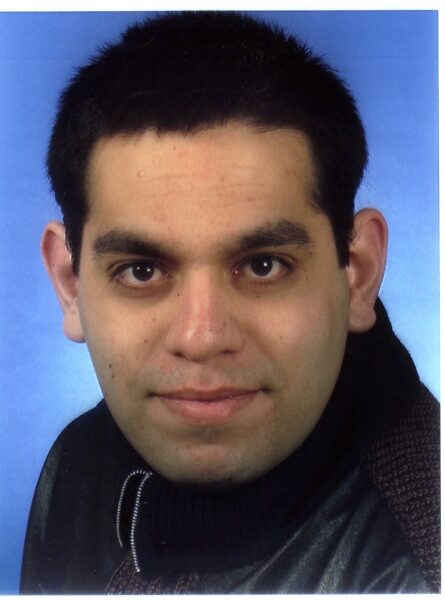"General Imperfect Interfaces with application to computational multi-physics multi-scale problems" Dr. Ali Javili

Date
Location
Description
Dr. Ali Javili
Postdoctoral Research Fellow in Computational Micromechanics of Materials Lab
Department of Civil and Environmental Engineering
Stanford University
Abstract
The objective of this presentation is firstly, to develop a thermodynamically consistent theory for general imperfect interfaces
and to establish a unified computational framework to model all classes of such interfaces using the finite element method.
Secondly, the influence of the interface on the overall response of material is examined through an enhanced computational
homogenization framework.
In the context of a thermal problem, the interface is termed general imperfect in the sense that it allows for a jump of
the temperature as well as for a jump of the normal heat flux across the interface. Conventionally, imperfect interfaces
with respect to their thermal behavior are restricted to being either highly-conducting (HC) or lowly-conducting (LC)
also known as Kapitza. While HC and LC interfaces are generally accepted and well established today, the general
imperfect interfaces remain poorly understood. Here we propose a thermodynamically consistent theory of general imperfect
interfaces. Furthermore, we show how all classes of interfaces are derived from a general imperfect interface model and
that allows us to establish a unified finite element framework to model all types of interfaces.
The interface effect is particularly important at the micro-structure level and often becomes the dominant mechanism for
the nano-sized structures due to the increasing area to volume ratio at small scales. Nevertheless, standard computational
homogenization cannot capture the size-effect. Motivated by this rather controversial issue, an enhanced computational
homogenization is developed by introducing the interfaces at the micro-scale into the picture. Unlike several other attempts
to introduce a virtual length-scale, this framework is physically motivated by the fact that the lower-dimensional energetics
are no longer negligible at small scales. It is shown how elegantly the issue of size-effect is rectified in this enhanced
framework. In particular, we elaborate on the influence of the interface on the overall response of materials and compare
our results with atomistic simulations.
Consider a continuum body that occupies the reference configuration at time t = 0 and is mapped to the current configuration at time t > 0. The non-linear map f maps the primary variables x in the reference configuration to their counterparts y in the current configuration via y = f(x). In general, a homogenous body at the macro-scale is heterogenous at the micro-scale where interphases play a significant role in the overall response.
*Please refer to the attachment for his complete abstract.
Biography
Dr. Ali Javili studied Mechanical Engineering at Sharif University of Technology in Tehran, Iran and then moved to Germany for his graduate studies. He received his M.Sc. degree in Computational Engineering at Bochum University in 2007 followed by his PhD in Mechanical Engineering at the University of Erlangen-Nuremberg in 2012. Dr. Javili worked as a post-doctoral research fellow on magneto-mechanical modeling of materials at the University of Erlangen-Nuremberg for 18 months. Since September 2014 he is a post-doctoral research fellow in Computational Micromechanics of Materials Lab at Stanford University. His current research revolves around computational multi-physics multi-scale understanding of complex materials behavior where lower-dimensional energetics such as surfaces and interfaces play a crucial role.
Attachments
Subscribe to the OIST Calendar: Right-click to download, then open in your calendar application.



